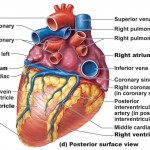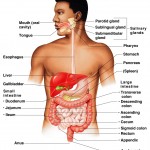 Chemistry
Chemistry
Body Fluids
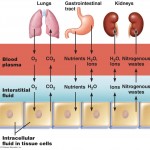
Body Water Content Factors which determine the overall water weight of a human being include sex, age, mass and body fat percentage. Infants, with their low bone mass and low body fat, are 73% water! Due to the high concentration of water, an infants skin appears “dewy” and soft. Total body water declines after infancy, […]
Chemical Bonds

Chemical Bonds When atoms combine with other atoms they are held together by chemical bonds (bonds formed between electrons of reacting atoms). These electrons occupy regions of space orbiting the nucleus called electron shells. Each electron contains one or more orbitals and each electron shell represents a different energy level (a general understanding of chemical […]
Molecules and Compounds
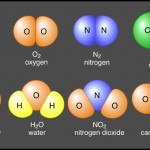
Molecules and Compounds In a recent article we discussed the importance of atoms and elements, but most atoms do not exist in a free state. Instead, they combine with other atoms through chemical bonds forming molecules and compounds. A molecule is a group of two or more atoms from the same element held together by […]
Atoms and Elements
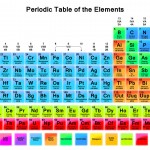
Atoms and elements All matter is composed of elements. An element is a structure that cannot be broken down into simpler substances (by ordinary methods). Some well known elements include oxygen, carbon, and iron. Currently, science recognizes 118 elements, 92 occur in nature and the other 26 are made artificially. 96% of the human body […]
Basic Chemistry: Matter and Energy

Matter and energy You may be asking yourself, what role does chemistry play in anatomy and physiology? Well, the answer is fairly simple. Your entire body is made up of 1000s of chemicals that continuously interact with one another. Since chemical reactions are a part of all physiology processes within the body, a basic understanding […]



